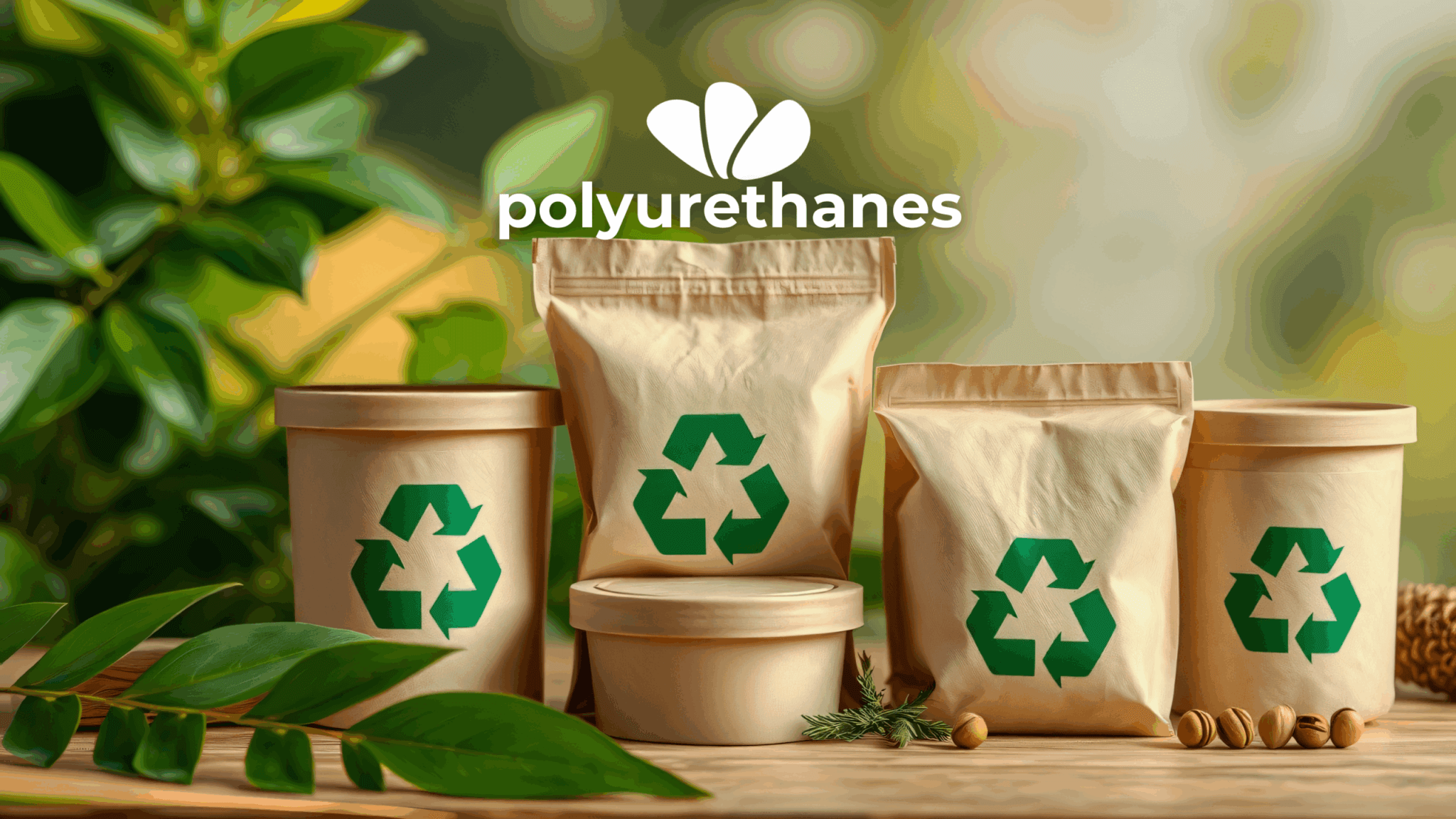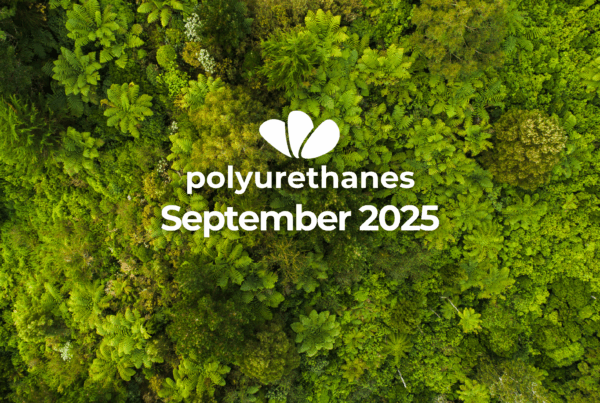This month’s developments in polyurethane show how the material continues to evolve across many different sectors. Researchers advanced sustainable solutions with biodegradable and recyclable polyurethane, while companies explored new ways to repurpose the material. In sports, polyurethane continued to enhance performance and protection. Meanwhile, developments in insulation and coatings highlighted polyurethane’s role in reducing energy use and improving product durability.
Italian outlet Il Giornale Di Vicenza reported on a research project between an Italian polyurethane company and the University of Padua. The collaboration focuses on using enzymes to break down polyurethane waste, offering a new sustainable method to handle end-of-life polyurethane. In the U.S, KFMB-TV reported on the use of recycled polyurethane to produce cleanup booms deployed in San Diego Bay, where they help detect heavy metal levels.
Spanish Noticias Ambientales reported on how to make buildings more environmentally friendly, highlighting that using polyurethane insulation can significantly reduce energy consumption.
At the same time, a research team at the Vellore Institute of Technology in Chennai has developed gypsum-based composites that combine recycled rigid polyurethane powder and the mineral vermiculite to improve acoustic insulation while supporting sustainability goals. Gypsum was chosen for its cost-effectiveness, recyclability, and stability, and testing across 13 formulations showed reduced sound levels by 17 to 58dB in the 200–2000Hz range. The findings highlight the potential of these composites for room acoustics applications, offering both enhanced performance and environmentally friendly material use.
For the automotive sector, Business Insider reported on the release of a new polyurethane-based car paint protection film, which provides high quality surface protection as well as changing the colour of the vehicle.
In sports, polyurethane continues to play its part. Goal reported on the use of ankle braces by professional footballers, highlighting a model made from an advanced combination of two polyurethane films that is form-fitting and offers strong protection against ankle injuries.
EcoInventos and SSB Crack highlighted that a British YouTuber revived a 19th-century Stirling engine to power a bicycle. Thermoplastic polyurethane (TPU) was used as one of the materials in the engine to help it operate efficiently, preventing leaks and reducing friction.
Finally, Nike has released Erling Haaland’s first Player Edition of the Phantom 6 Low football boot, designed to match the striker’s dynamic playing style and goal-scoring drive. The boots feature a TPU coating fused onto the Gripknit yarn uppers, offering improved ball control. The brand has also updated its Metcon cross-training line with the launch of the Metcon 10, which makes use of a TPU heel clip to enhance stability.




